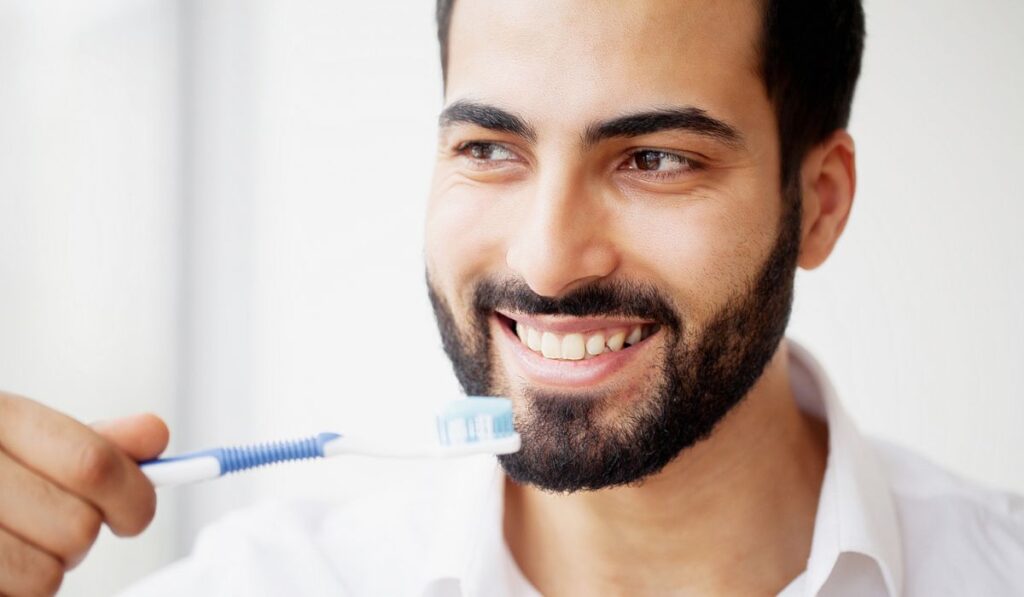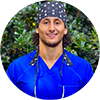When you look at teeth, you’ll find many similarities to bones. Both are white and hard and play important roles in your body. But even though teeth and bones have heavy concentrations of calcium and look the same, are teeth classified the same as bones?
While teeth and bones are made from similar minerals, teeth and bones aren’t the same. Teeth are made from nonliving tissue consisting of dentine and enamel, while bones are made from collagen tissue. Bones also regenerate while teeth do not, which is why you must protect your teeth by brushing.
Let’s look at how teeth are classified, how they are different from bones, and why you can’t regrow teeth once they are damaged. I’ll also discuss how to protect your tooth enamel from decay.
What Are Teeth Classified As?

Teeth are classified as non-living tissue, which is the main compositional difference between them and bones. Teeth consist of enamel, dentin, and other tissues, all of which cannot heal or repair themselves. These non-living tissues don’t generate red or white blood cells, which is crucial to tissue repair.
Teeth contain an inner pulp made up of blood vessels, nerves, and connective tissue. This pulp is surrounded by dentin, which is a tissue that contains calcium, phosphorus, and other minerals. The dentin makes up most of your teeth but is also susceptible to bacteria and foods with high acid concentrations.
The final layer that makes up teeth is enamel. This is made from calcium phosphate and is the hardest substance in your body. While it is responsible for keeping the other layers safe, enamel can’t repair itself if it wears away or gets broken.
That’s why it’s so important to brush your teeth!
How Are Teeth Different From Bones?
The biggest difference between teeth and bone is in the regeneration properties of the two. However, there are other compositional and functional differences between teeth and bones, which is why they aren’t placed in the same category.
The main differences between teeth and bones include:
Teeth Cannot Regenerate Themselves
If you break a bone, the bone tissue will heal over time. Bone tissue contains collagen, which is living tissue and can heal when it’s broken. Bone tissues also produce red and white blood cells, which help regenerate or heal the bones.
Unfortunately, teeth aren’t made from living tissue. While the outer enamel can remineralize and become slightly stronger with fluoride and other minerals, once it’s broken, it won’t repair. So, if you break a bone, it can be healed, but if you break your tooth, you’ll need to remove it or do a root canal.
Teeth and Bones Have Different Compositions
While both teeth and bone are rich in calcium and contain many of the same minerals, both have different structures. In bone, collagen is the main tissue that bonds with calcium and other minerals and makes up most of the bone density.
In teeth, dentin and enamel make up most of the tooth structure. While collagen is living tissue, dentin and enamel are not.
Bone Cells are Constantly Growing
Once you have your permanent teeth, you’ll be stuck with them for life. Because the tissue that makes up tooth cells are non-living, it doesn’t die and grow the same way as bone cells. Bone tissue is constantly evolving, which is why you should strengthen it through regular exercise and a calcium-rich diet.
Basically, while you can protect your teeth, you can’t work to strengthen them in the same way as bones.
Bones and Teeth Have Different Uses
While this difference is obvious, it’s also the reason why your bones repair themselves, and your teeth do not. If teeth were also made from living tissue and could regenerate themselves, eating would be so much more painful because the tissues would be more active.
How to Protect your Tooth Enamel

Despite tooth enamel being the hardest substance in your body, it’s subject to wear and tear while you eat and can get damaged by bacteria. When the enamel breaks down, you get cavities and toothaches.
The best way to protect your teeth is to brush and floss regularly to remove bacteria. Brushing with fluoride toothpaste is ideal as fluoride can strengthen the enamel through re-mineralization. Also, avoid sugary and acidic foods as they can wear away the enamel much faster.


